Pickup on South Street (1953)
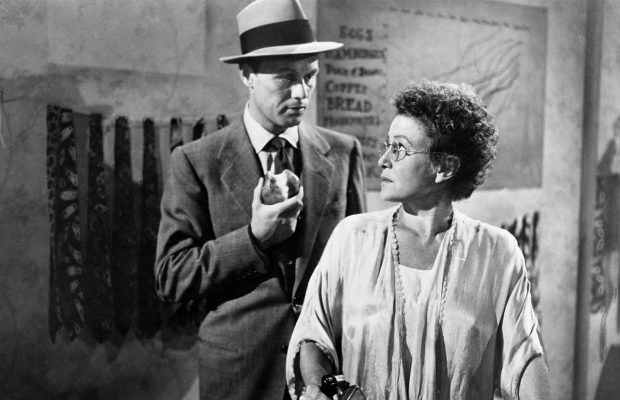
Toronto Film Society presented Pickup on South Street (1953) on Sunday, February 9, 2020 in a double bill with The Model and the Marriage Broker as part of the Season 72 Sunday Afternoon Film Buffs Series, Programme 5.
Production Company: 20th Century Fox. Producer: Jules Schermer. Director: Samuel Fuller. Screenplay: Samuel Fuller, based on a story by Dwight Taylor. Music: Leigh Harline. Cinematography: Joseph MacDonald. Editor: Nick DeMaggio. Art Direction: George Patrick, Lyle R. Wheeler. Set Decoration: Al Orenbach. Release Date: May 27, 1953.
Cast: Richard Widmark (Skip McCoy), Jean Peters (Candy), Thelma Ritter (Moe Williams), Murvyn Vye (Police Captain Dan Tiger), Richard Kiley (Joey), Willis Bouchey (Zara), Milburn Stone (Detective Winoki), George E. Stone (Willie, Police Desk Clerk).
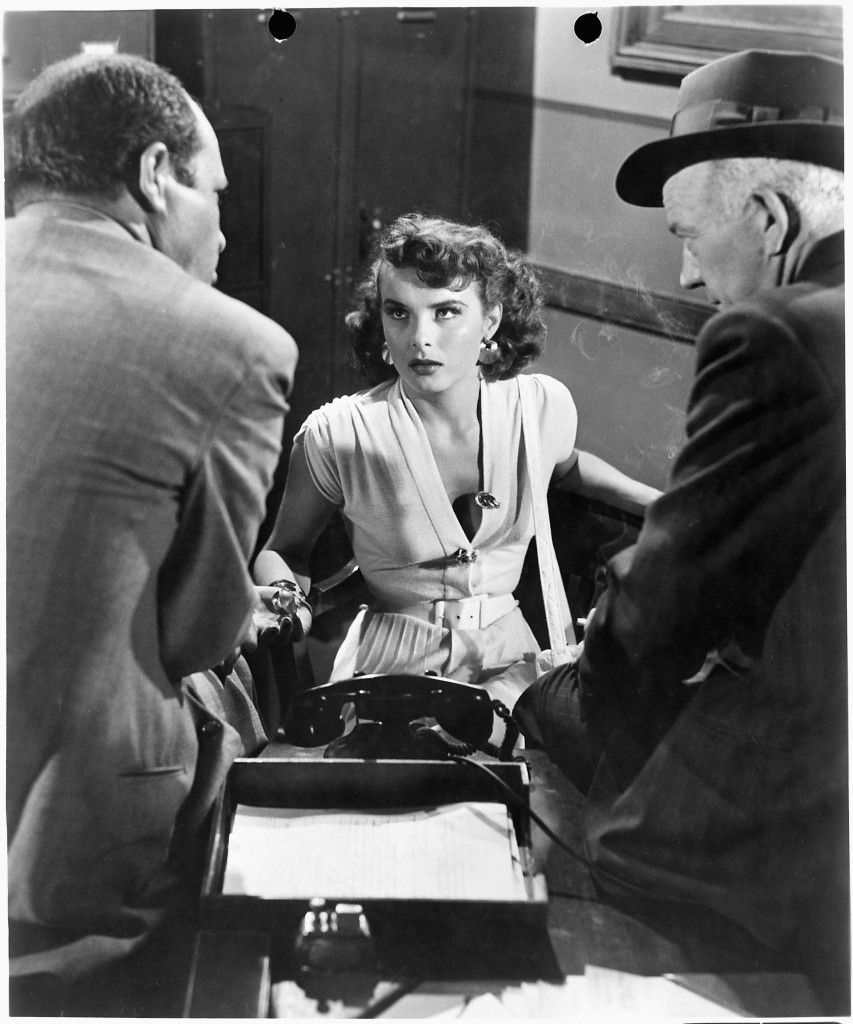
Samuel Fuller’s interest in the sensational grew wings as a teenage crime reporter for The New York Evening Graphic. Financed by fitness nut Bernarr Macfadden and edited by notorious newshound Emile Gauvreau, this stint for the “pornoGraphic,” as it was derisively called, instilled in young Samuel the public’s evergreen interest in sex and violence and the importance of a riveting lead. “It’s easy to open a picture by establishing a character doing something,” Fuller explained, “but I like to be gripped right away…. The heat of the story is what I’m interested in.” Fuller’s craft was finely honed by the time he made Pickup on South Street, his third for 20th Century-Fox and sixth as a director, a film with all the elements of a headline tabloid article: girls, guns, and international politics.
That lead scene—a suggestively delicate pickpocketing on the subway—establishes the film’s stars Jean Peters and Richard Widmark. In his autobiography, Fuller details the casting process and why Peters was chosen over Shelley Winters (“Wasn’t right”); Ava Gardner (“Too luscious a beauty to be credible”); Betty Grable (who lobbied for the role with the provision that a dance number be added; Fuller: “For Chrissakes, a dance number!”); and Marilyn Monroe (“Her overwhelming sensuality would obscure my yarn”). So why was Peters—known for earthier roles such as Anne of the Indies and Viva Zapata!—selected? According to the director, besides being “a very intelligent woman, a fine human being”, she had the “kind of gams you get from streetwalking.” Even after Grable petitioned again, forgoing the musical number, the director’s choice was as firm as Jean’s legs: “They’re very sexy. They’re also a little arched. I’m not saying a tank could drive through them. But maybe a small jeep.” Any amorous intentions from the director would have to be stifled as Jean Peters was being chaperoned to rehearsals by her mysterious suitor, one Howard Hughes.
“Richard Widmark was cantankerous and insular, sometimes thoroughly uncooperative,” Fuller recalled. In other words, the actor was a perfect stand-in for the filmmaker. Fuller said of the performer: “A born individualist, Widmark had a strange face, with that twisted, arrogant smile, that didn’t fit into anybody’s scheme of Hollywood handsomeness. He walked and talked like nobody else, yet there was nothing ostentatious about him, the kind of man who wouldn’t call too much attention to himself on a crowded subway. Widmark was perfect for Skip.” The character is unconstrained, living outside of the law. Even his home is a little island in the sea (with a truly off-the-grid refrigeration system).
Even though Fuller claimed, “You are never the same as your characters,” it’s hard not to make the connection between the mercenary pickpocket and the director who spent a great part of his career resisting political pigeonholing. Communist film critic Georges Sadoul branded Fuller “the McCarthy of cinema”, a sobriquet so inflammatory to the leftist film culture in Europe that the French distributor of Pickup on South Street changed the dubbing to make the film’s antagonists drug dealers, rather than revolutionaries. Fuller frequently and loudly dismissed the “ists” and “isms” thrown at him: “…[W]hen we watch a movie, if we think it has political ideologies in it that we disapprove of, we’re not going to like the movie. If we agree with the political ideologies, we like the movie. In the first case, we think that the person who made the film is against us. In the second case, that he’s on our side. If they’re fascists, they’ll call me a Communist. And vice versa. It’s dumb!”
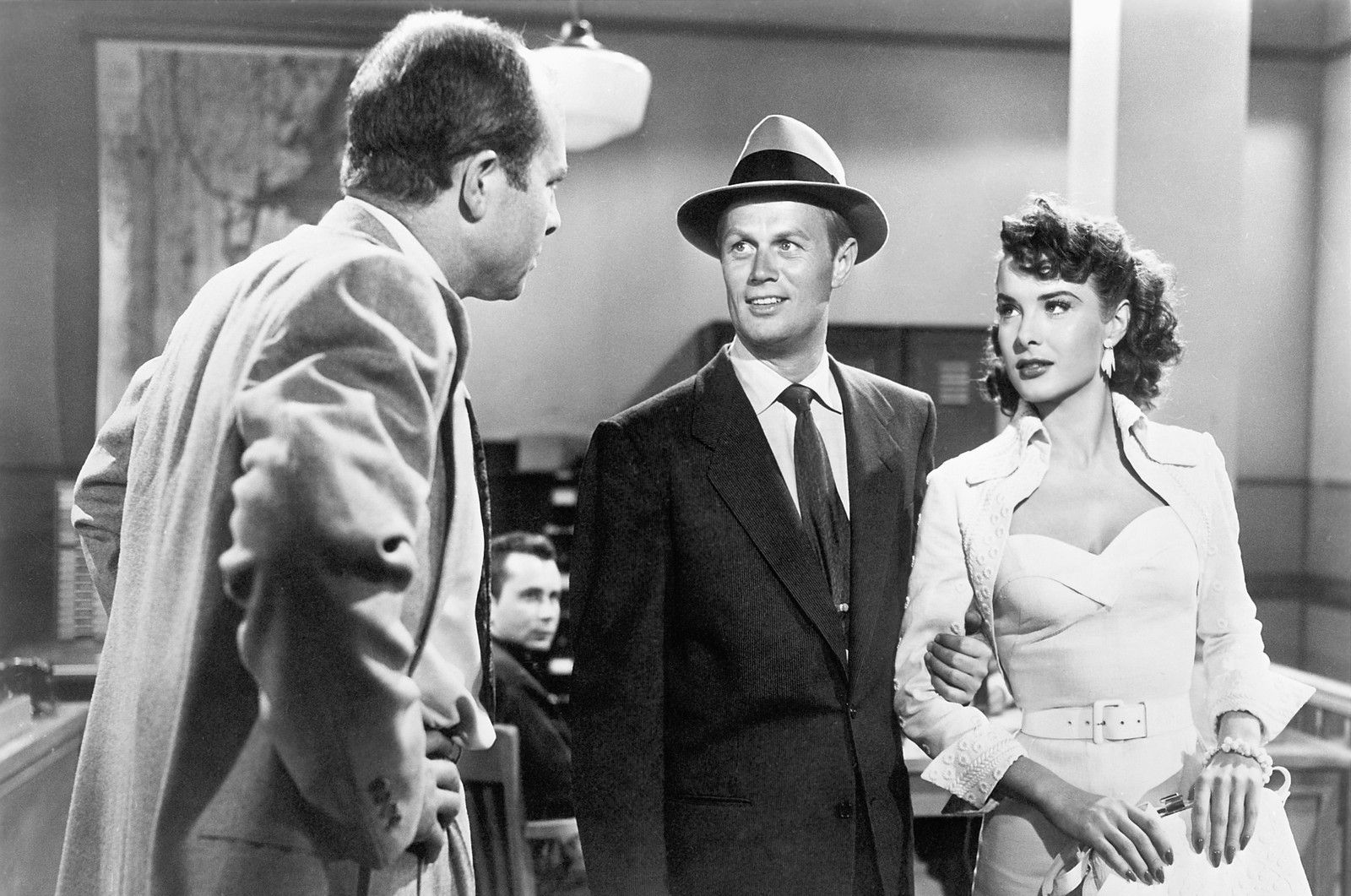
Perhaps the most intimidating critic was J. Edgar Hoover, who set up a luncheon with Fuller and Daryl Zanuck to let it be known that he did not appreciate the self-serving and unpatriotic tone of the film. In comparison, the other critics were featherweights. The Los Angeles Times said Pickup on South Street “follows the Mickey Spillane school in his exposition of sex and sadism” but that the “brutality at times reaches the point where audiences snicker instead of being horrified.” Bosley Crowther of The New York Times called it a “lurid, midnight tale,” continuing, “Sam Fuller…appears to have been more concerned with firing a barrage of sensations than with telling a story to be believed.” Harrison’s Reports called it “strictly an adult film and a demoralizing one at that.” The Christian Science Monitor complimented the “cross-currents of tension” and described Widmark as “bristling with ego and low cunning.”
Many of the reviews singled out Thelma Ritter’s performance as Moe the stool pigeon/purveyor of men’s neckties. She was even nominated for a Best Actress in a Supporting Role Academy Award—her fourth in as many years. Amidst the barrage of slang, corruption, and violence her major scene (if you’ve seen the film, it’s unforgettable) provides the film with a deep melancholy. Throughout his career, Fuller fixated on what he calls “The Gutter People”: “I met quite a few when I was a reporter. I found out that their way of thinking and living, ironically enough, had more solidity than the saintly people. They were thieves, pimps, and whores, very low people. But they stuck together in a way that the churches would like to have their congregations unite, though they never do. The ‘Gutter People’ don’t try to live on lies—but we do.” Ritter’s character exemplifies this subterranean class, the type whose integrity is innate rather than based on ideology.
Sources: Fuller, Samuel, A Third Face: My Tale of Writing, Fighting and Filmmaking. Alfred A. Knopf, 2002; Miklitsch, Robert, The Red and the Black: American Film Noir in the 1950s. University of Illinois Press, 2017; Peary, G. (Ed.). (2012). Samuel Fuller: Interviews. University Press of Mississippi.
Notes by Adam Williams


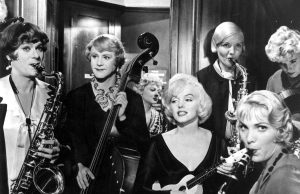
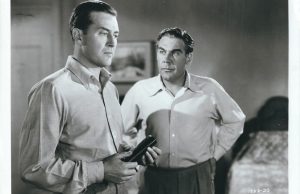






Leave a Reply